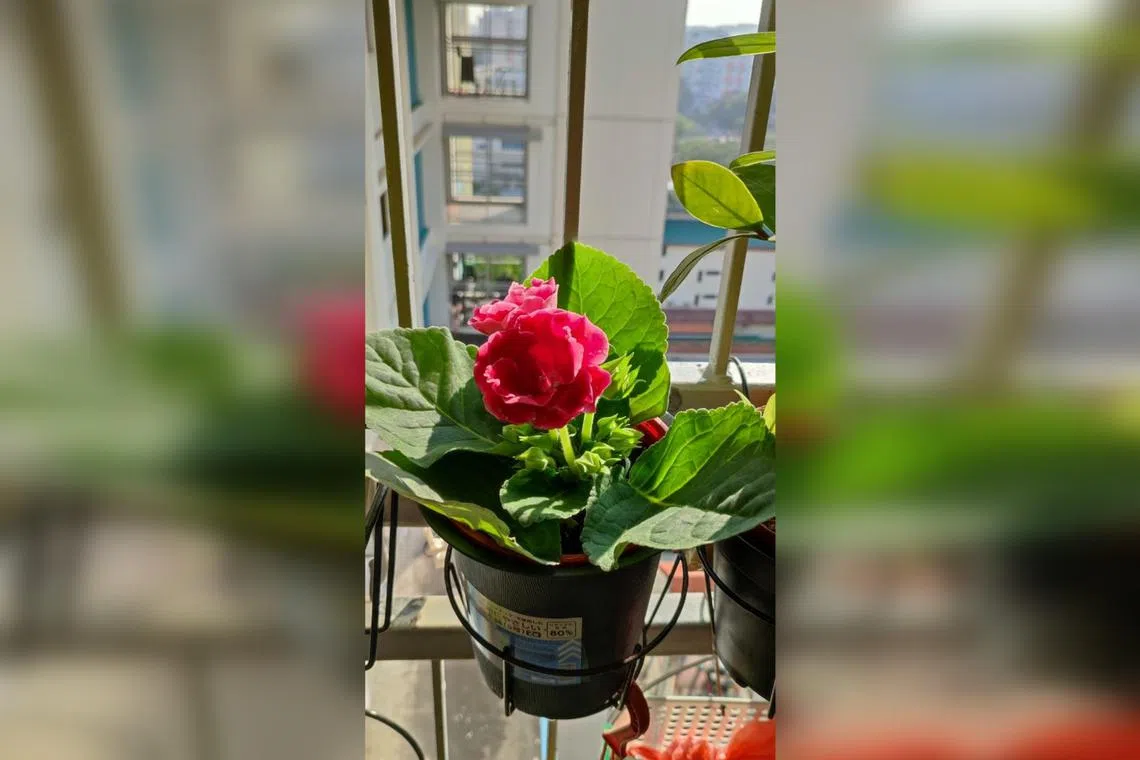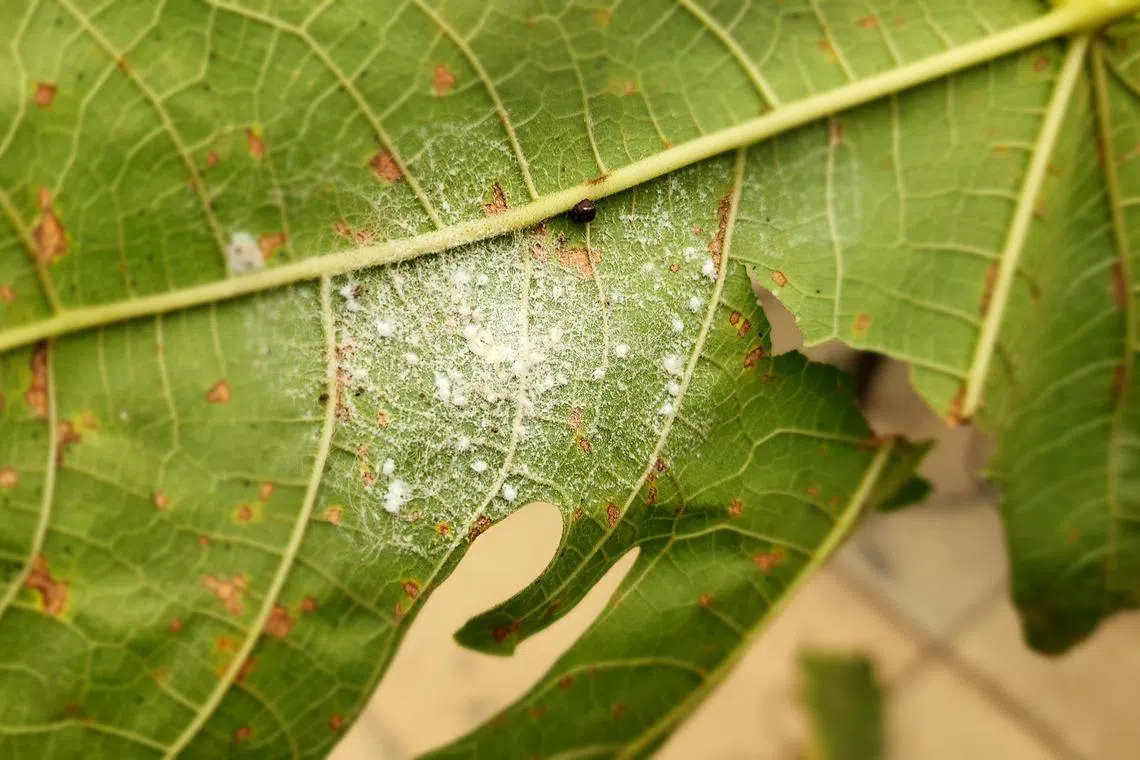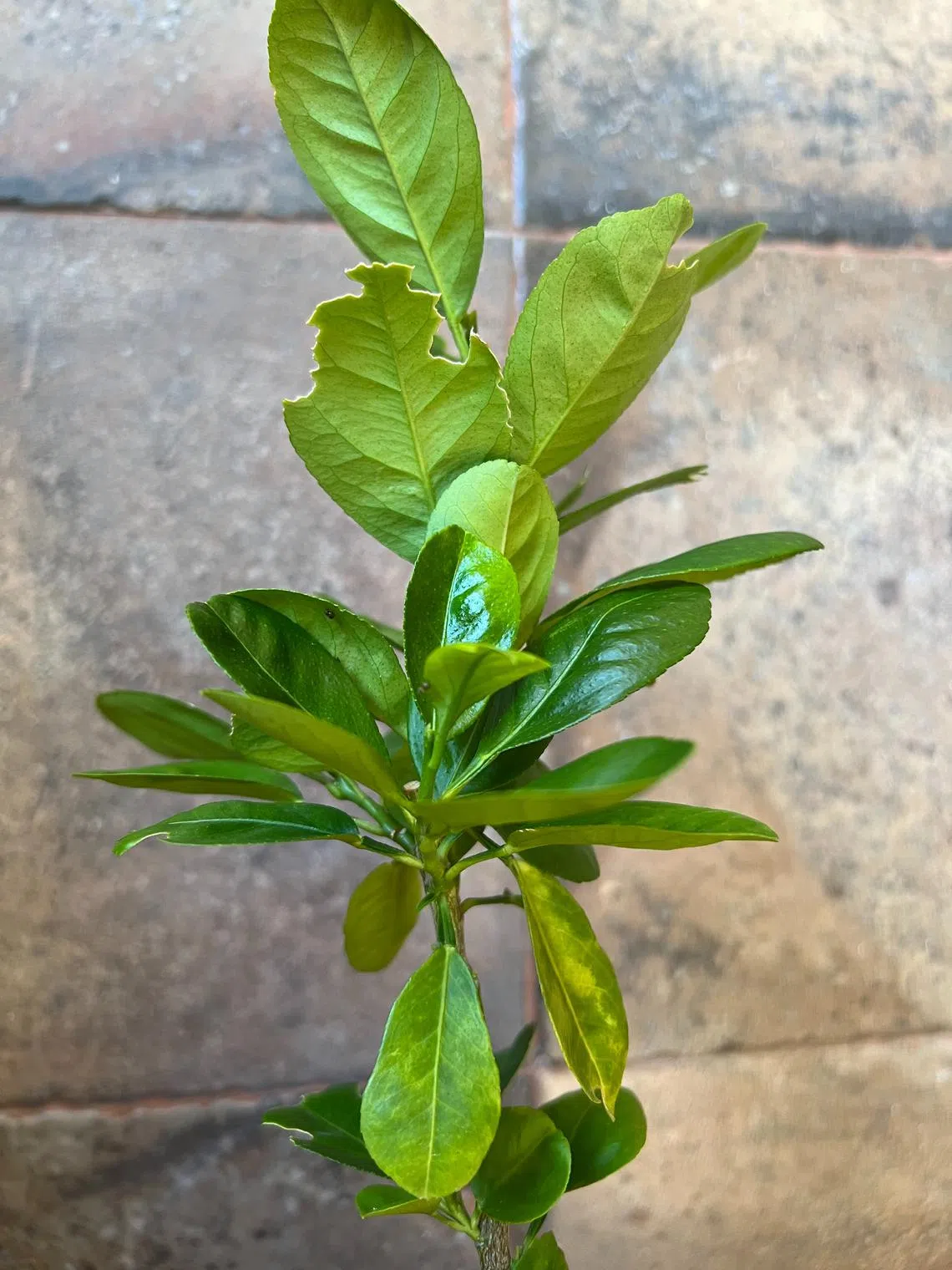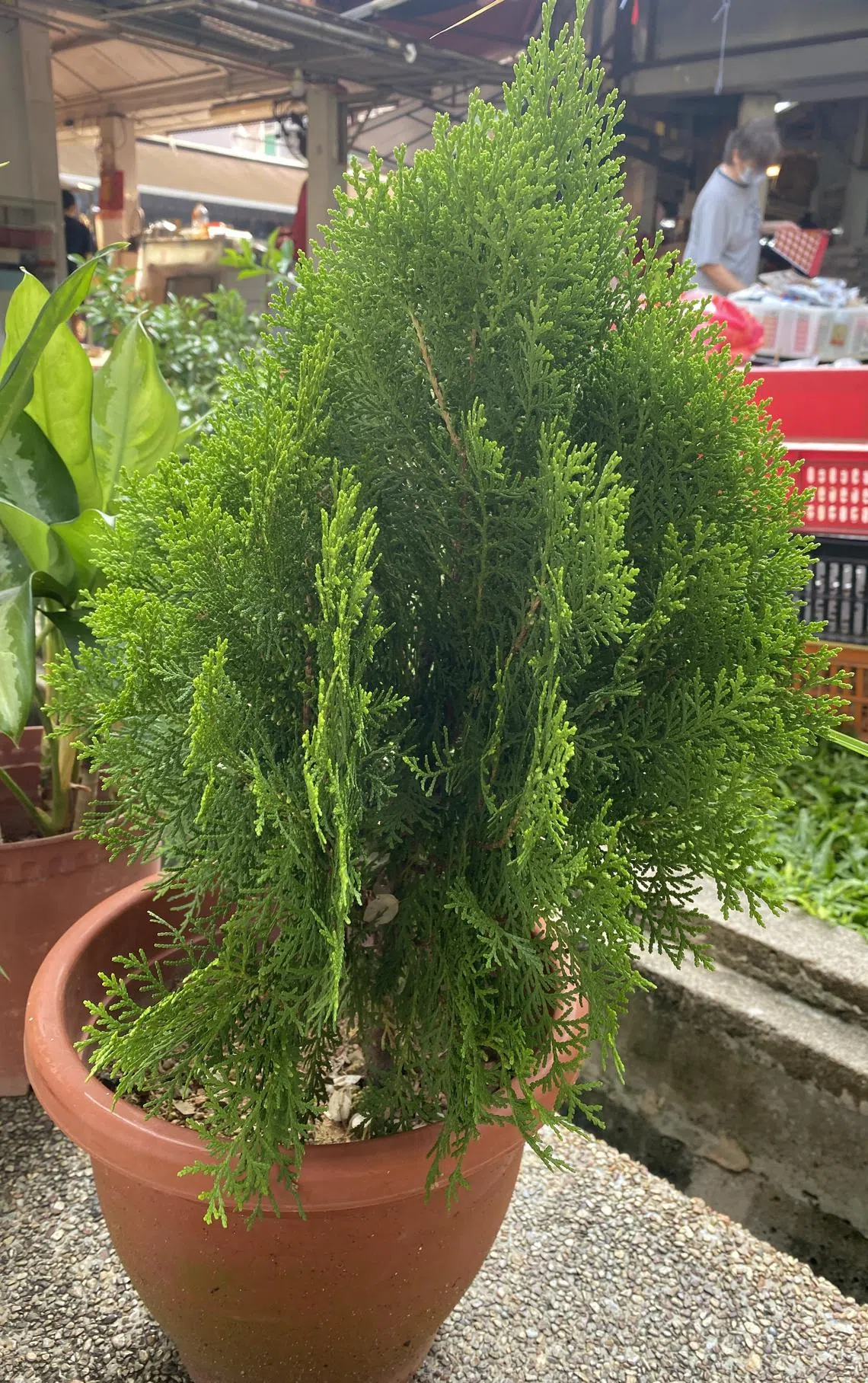Root Awakening: Plant is Florist’s Gloxinia
Sign up now: Get ST's newsletters delivered to your inbox

This plant possesses an underground corm and should be grown in a well-draining mix.
PHOTO: LIM TIAN SAN
Wilson Wong
Follow topic:
Flowering plant is the Florist’s Gloxinia
What is this plant?
Lim Tian San
The plant is the Florist’s Gloxinia. Its botanical name is Sinningia speciosa, and it is related to the African violet.
This plant possesses an underground corm (an organ of food storage tissue) and should be grown in a well-draining mix. Do not overwater it as this can cause the corm and plant to rot.
Note that the plant should be placed in a sheltered location that gets about four to six hours of filtered sunlight a day. A lack of light will cause it to produce weak, lanky growth.
You can propagate it via leaf cuttings.
Consistency is key to controlling pests

Use summer oil for scale insects and rotate pesticides to deal with whiteflies.
PHOTO: ADRIAN LING
How do I treat and prevent scale and whitefly infestations on my fig plants?
Adrian Ling
Remove scale insects from your plant by using a soft toothbrush and spray all of the plant with summer oil, which is available at local nurseries, to suffocate any remaining pests.
For whiteflies, rotate summer oil with botanical pesticides such as pyrethrins and matrine.
For proper pest control, you must spray the plants thoroughly and consistently. Check your plants regularly and take action early.
Use low-toxicity pesticides where possible, as these will not harm beneficial predators – which can help with pest control – as much as chemical pesticides will.
Manage caterpillar infestation via pesticide or netting

This lemon plant is likely hosting the caterpillars of the Lime Butterfly.
PHOTO: WANG YAN LIN
There is a butterfly that frequently visits my garden. It may have laid eggs in my lemon plant, as the young leaves seem to have been eaten by the larvae. How can I stop the larvae from eating the leaves?
Wang Yan Lin
The caterpillars of the Lime Butterfly are probably the ones eating your plant. These butterflies are native to Asia and Australia, and are part of Singapore’s natural environment.
If you have children, the caterpillars are a good way of educating them about the life cycle of butterflies. Pick the caterpillars off your plant and rear them on a diet of leaves harvested from the plant.
Another method of getting rid of larvae, though destructive, is by applying the biological pesticide Dipel, which is specific to caterpillars and available at local nurseries. Spray the plant thoroughly. Note that it works best on younger caterpillars.
Finally, you can also build a physical barrier out of fine white netting to deny butterflies access to your plants.
Guiana Chestnut is a common houseplant

From the looks of its growth habit, this plant is not getting enough sunlight.
PHOTO: MAH CHOI CHUE
What is the name of this plant and how do I care for it? I water it daily and its height has doubled in just one year.
Mah Choi Chue
The plant is commonly called the Guiana Chestnut and its botanical name is Pachira aquatica.
From the looks of its growth habit, your plant does not seem to be getting enough sunlight. The distance between leaves along the stem is quite wide, and the stems may be green and soft.
Move your plant to a site that gets at least six hours a day of direct sunlight, but do so gradually – that is, increase the light intensity over a period of time so your plant is not burnt by sudden exposure to direct light. You can also prune it to encourage a bushier growth habit.
In addition, you may want to move it to a bigger pot. In its current container, the plant will dry out easily and has to be watered quite frequently.
Arborvitae has traditional medicinal uses

Thuja occidentalis contains a toxic compound called thujone, so the use of this plant is best supervised by a trained practitioner.
PHOTO: TAN PIN HO
What is the name of this plant? When I was young and sprained a leg or arm, my mother would pound the plant’s leaves into a paste, add salt and wrap the paste around the injured limb. Does this plant have healing properties?
Tan Pin Ho
This plant is botanically known as Thuja occidentalis. Its common names include northern white-cedar, eastern white-cedar and arborvitae. It is a slow-growing, coniferous tree that has been planted in local landscapes in the past.
The plant has traditional medicinal uses that vary from region to region, though its uses have not been confirmed by scientific studies.
It contains a toxic compound called thujone, so the use of this plant is best supervised by a trained practitioner.
Answers by Dr Wilson Wong, an NParks-certified practising horticulturist and parks manager. He is the founder of Green Culture Singapore and an adjunct assistant professor (Food Science & Technology) at the National University of Singapore.
Have a gardening query? E-mail it with clear, high-resolution pictures of at least 1MB, if any, and your full name to . We reserve the right to edit and reject questions.

